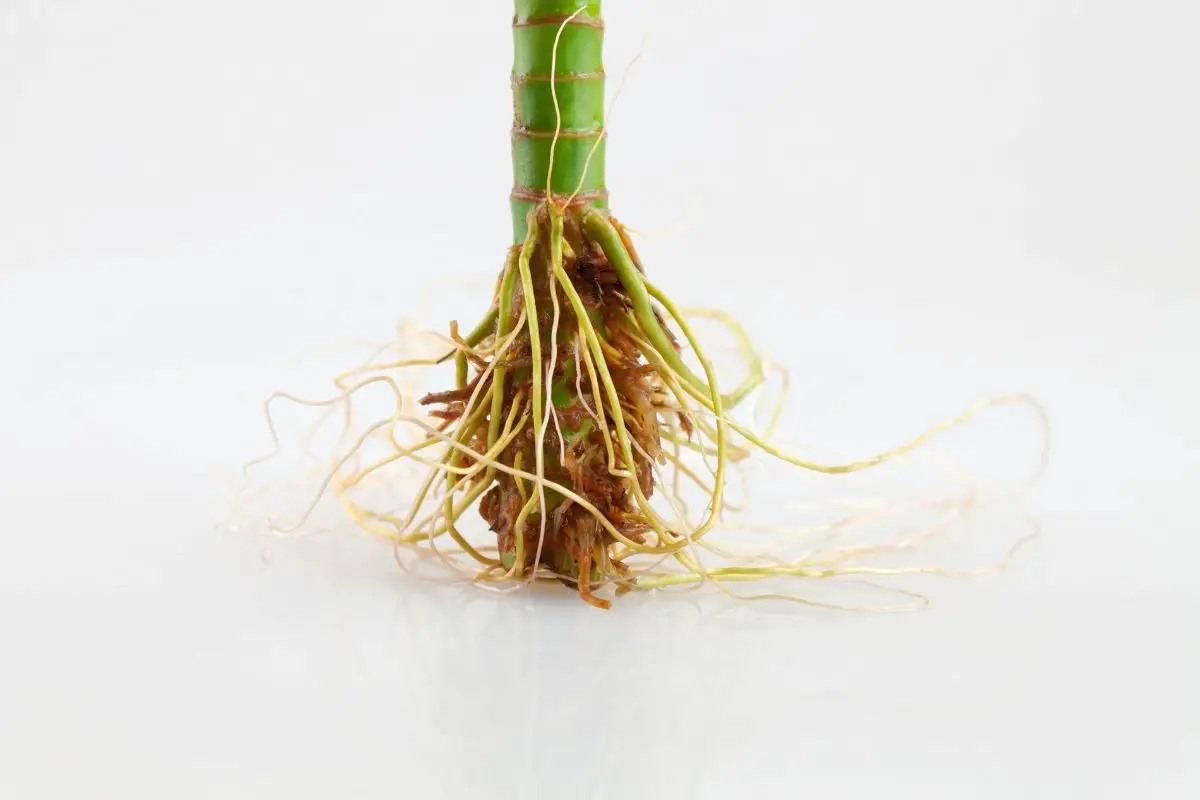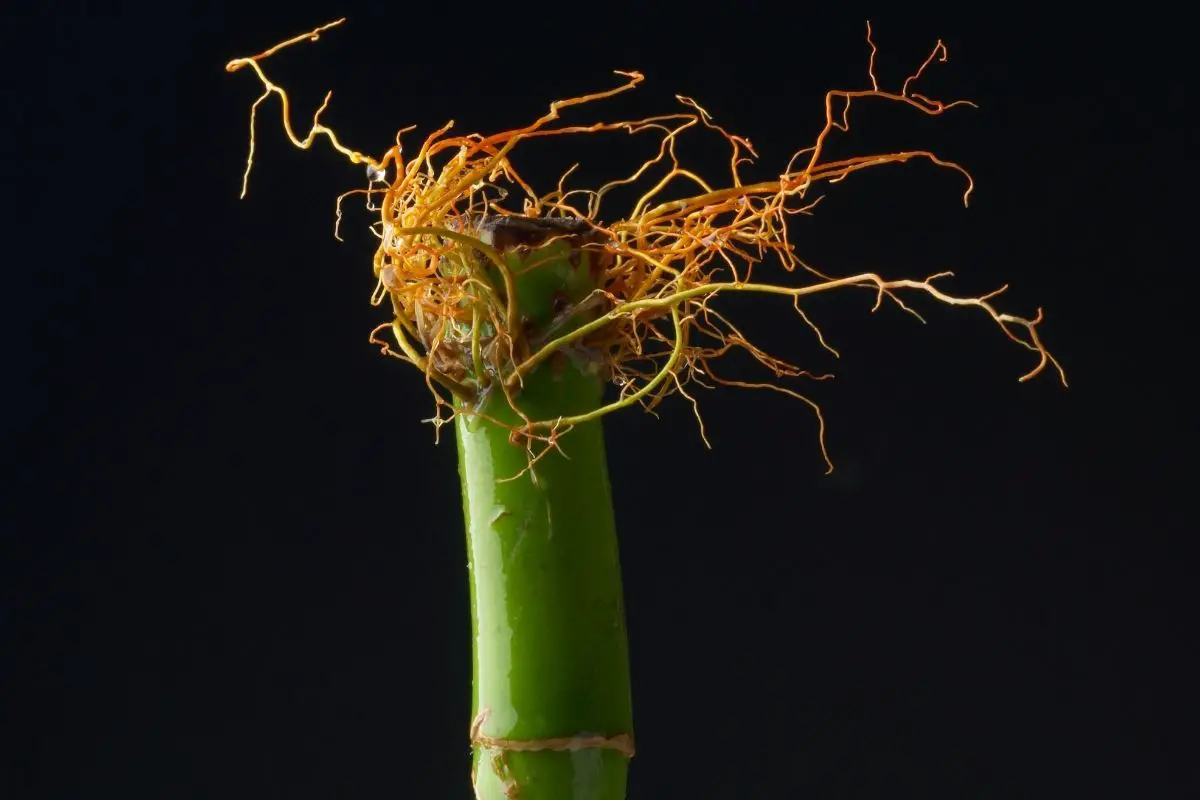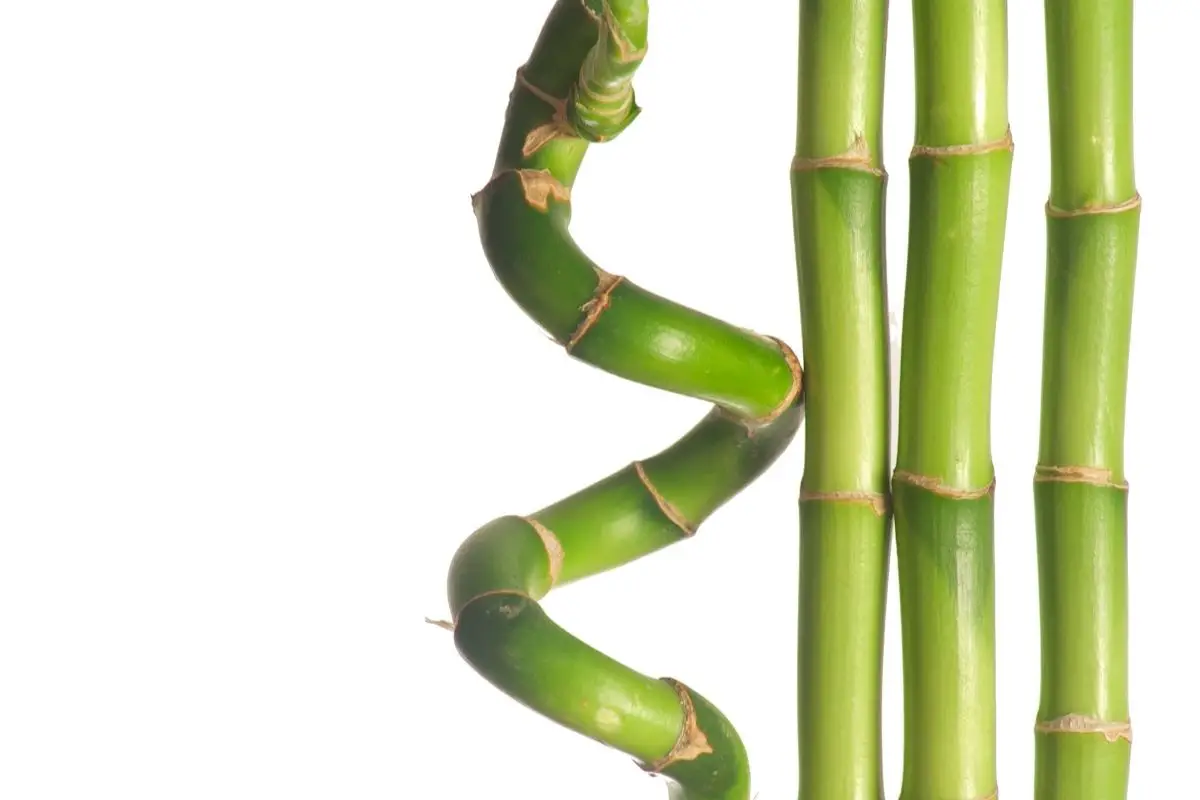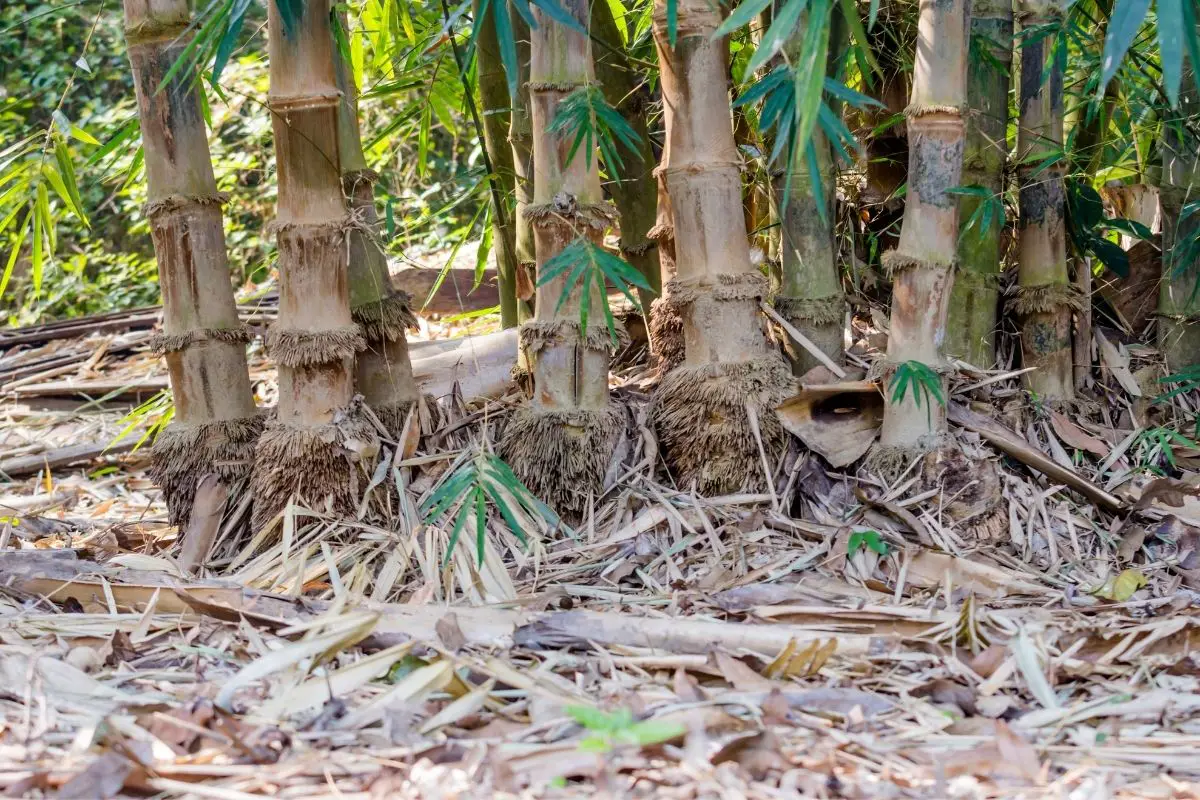
Bamboo is a great plant to have in your garden but if the roots are not maintained well enough, they may spread extremely quickly and cause damage. If you wish to eliminate the bamboo plant or regulate its roots, the first thing you need to do is determine how long the roots are in the first place. Don’t worry, I will explain how long bamboo roots are and everything else you need to know about them in the following post.
“The first year it sleeps, the second year it creeps, the third year it leaps.”
How Long Are Bamboo Roots?

The most important thing to know is that bamboo roots are typically thin and fibrous, and they may grow as long as 2 to 3 feet. A bamboo plant has rhizomes, (the component of the plant that spreads), which are normally just a few inches deep, seldom exceeding 12 inches. If you prune your trees yearly, you will have an easier time finding them.
Even though certain varieties of bamboo plants grow longer roots or shorter than others, the majority of the varieties do not grow more than 3 feet. In addition, the rhizomes will never grow deeper than 12 inches. If bamboo roots are not controlled, they may develop quite quickly.
Based on the kind of bamboo plant used, you may find that the roots may even grow as long as 5 feet. Other bamboo roots also grow about 2 and 6 feet every year, depending on the kind of bamboo being used. These figures are quite broad; nonetheless, they are strongly influenced by the zone in which your bamboo plants are growing as well as the kind of bamboo that is growing in your garden.
What Can I Do to Keep My Bamboo Roots Under Control?

The most straightforward method of controlling bamboo is to restrict the size of the area in which its rhizomes (roots) may expand. If you keep rhizomes under control and prune back undesired new shoots, you may enable them to develop without having to worry about spreading. Furthermore, the area in which you are growing your bamboo plants should be fully surrounded to make sure you prevent the rhizomes from spreading.
So if you add a barrier, make sure it extends roughly 2 inches above the ground surface. If you would like to rapidly capture or manually clip any of the rhizomes that are trying to jump the barrier, this method makes it easy for you to find these rhizomes. Clipping two times a year is the most effective method of keeping bamboo in good condition while also maintaining complete control over the plant.
When rhizomes begin to spread beyond the boundaries of the intended growth region, they must be pruned back to prevent them from spreading further.
Can Bamboo Roots Penetrate Concrete?

When left unregulated, bamboo roots have the potential to grow into structures via cracks and openings. The rhizomes can grow up branches, infiltrate a structure, and ultimately cause harm to property. Because of its strength, however, concrete cannot be destroyed by bamboo.
Generally, planting bamboo plants near structures like houses is not recommended. Instead, allow a few feet away between the bamboo and the house for upkeep. Alternatively, you may construct a barrier along the foundation, leaving enough space between it and the bamboo to facilitate upkeep.
How Much Space Do I Need To Give Bamboo To Grow In?
How much space you need for a bamboo plant depends on how large you would like the plant to get. For example, if you would like your bamboo plant clumpers to reach a mature height, you will need at least 3×3 feet for them to grow. On the other hand, the runners need a space of approximately 3×10 feet.
The greater the amount of available room, the better. The bamboo plant is also able to adapt to the kind of space it is in. For example, if it is placed in a narrow area, it will grow long and produce a narrow screen.
However, the height will be moderate and not full height. It is possible to sustain a bamboo plant in a much smaller space, for instance, you can keep a runner inside a 3×5 foot pot, but it might be difficult to keep the bamboo alive after four to five years of cultivation. For small pots or planters, it is advisable that they be transplanted or divided every 3 to 5 years.
Bamboo planted in a limited space will develop shorter and narrower canes than if it is allowed to flourish out more widely over time. If the bamboo has been in the same pot for 3-5 years, it must get regular watering.
Conclusion
Bamboo is a unique plant that cannot be compared to any other. It’s a vigorous grass that grows more rapidly than any other plant on the planet, making it unrivaled in terms of adaptability and renewability.
Bamboo roots may reach a depth of around 2-3 feet but despite the roots’ extremely thin size, the real rhizomes do not penetrate very far into the ground. In most cases, they are barely 10 to 12 inches deep. This will make it quite simple to either remove the bamboo or regulate it with a shallow barrier.

